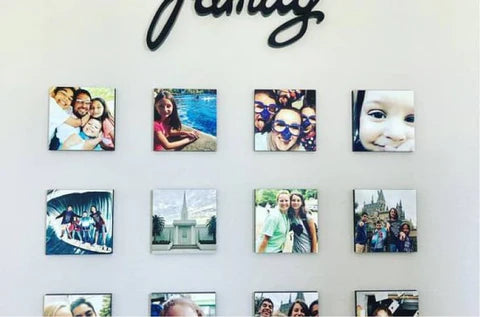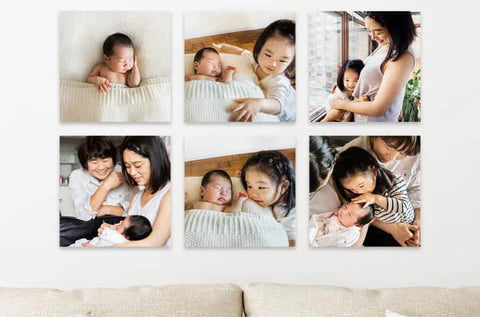Custom Canvas Prints
Custom Canvas Prints & Wall Art - Wallpics
They say a person's life should have a story. It is not about any special story with an exciting and entertaining script, this simply means that life needs to have a story inside itself. This is just events from A to B with a direct line connecting them into something whole. Another important moment is that an individual should have the opportunity to review his/her own story. This is what makes life real.
There are many opportunities to record most of the events of our life. You can keep a diary to note all the important and unimportant moments of a day. You can take it more seriously (much more seriously) and write a novel about yourself. Another way is to record videos and take photos during important events. There are really lots of variants of how to write down your life.
Another good option is to combine these recordings about your life and the possibility to see it every day without exploring distant bins of a cupboard. Moreover, with its help, you will change the interior of one of the rooms in your house. And finally, it is a great opportunity to show your story to other people (of course, if you want to do it).
How about capturing important moments in your life while upgrading the look of your living room? This is possible with custom canvas prints. We will explain how it works.
Custom canvas art is easier and closer than you think
Nowadays, you have the promising opportunities to decorate a room the way you want. Everything can be done without outside help (almost). Take custom canvas prints, for example. Creating them has never been easier. All you need is just around you. We mean your photo gallery from your phone or PC. It is full of various important moments, events, and people of your life, right? Explore it properly and choose what photos best tell your life story. Then upload all of them to the Wallpics website or app. Here you have any necessary instrument to adjust your photos the way you want. When you're done with it, just place an order. Remember, if you run into any problems, the Wallpics support team will do everything to help you. After you have made the order, the magic begins. Wallpics will professionally and passionately print all your estimable photos in high definition. Then the order will be delivered (for free) as fast as possible just right to your doorsteps. Your custom canvas prints are in your hands. And that's all!
And now you can use this custom canvas at your own discretion. Choose a room according to your initial idea, then hang your printed pictures on the wall and enjoy them. Contemplate them in silence alone, or invite another person to share your feelings and demonstrate your taste in decor.
Voyage, adventures and memories
Let us suggest an idea of how to create an astonishing and dreamy installation to tell a story of your life and also impress other people. It can be a story for a lifetime with an emphasis on the places you were in as part of the past (part of memories) and the places you want to visit as part of the future, (part of your dream).
First of all, browse your photo collection to find any travel-related ones. It is not necessary to use only sea voyages; you should understand that your summer vacation in the village in the grandmother's house is also a journey. You can choose a photo with your family on the veranda or a picture of the meadow in the rays of the sunset. Then you can choose the one from the camp or from a trip to the lake with your friends. And if you have experience traveling to other countries, you can also use such photos. This is the first part.
The second part is about your wishes, about where you want to go. Since you probably don't have any photos from such places, you can use the Internet to find the necessary pictures. If you want to visit Nepal, you can download a photo of the Pashupatinath Temple. If South Africa is in your wish list, it can be the Cape of Good Hope. As for New Zealand, use a photo of the Abel Tasman National Park as an example. Of course, it all depends on your preferences and wishes.
When the photos are selected, you can upload them to Wallpics and place an order. In just in a few days, your impressing custom canvas prints will come to your home. Now is the time to hang them to finish the project. For example, choose a wall in your bedroom. Think about how the light from the sun and lamps falls on this wall to choose the best one. Once the decision is made, you can finally hang your custom canvas prints. Important note: with special sticky double-sided adhesives, these prints from Wallpics are easy to hang up and move to another place if needed. Moreover, they will remain no marks. This way you can stay calm and confident about the integrity of the walls in your house.
It is a good idea to hang custom canvas prints horizontally in chronological order from the places you have visited to the ones you want to go. Your room is now a great area where you can indulge in memories and think about the future and the places where you can go.
Final thoughts
It is very important to tell yourself your story, tell it to others, remember the past, and think about the future. Wallpics with its custom canvas prints will help you keep your story, as well as restyle your room and create a new atmosphere. The place where you live is a part of you. Let's make it more enjoyable and attractive. Moreover, we can do it by using our own hands. Your photos and drawings, your design and decisions, your custom canvas prints – you can start changing your room with Wallpics today.




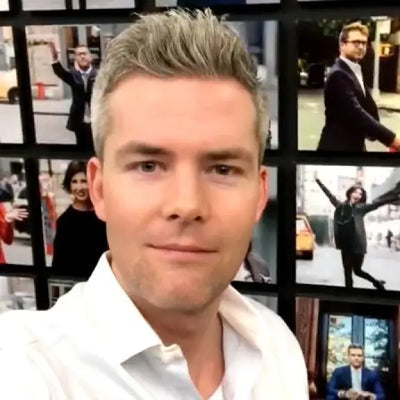
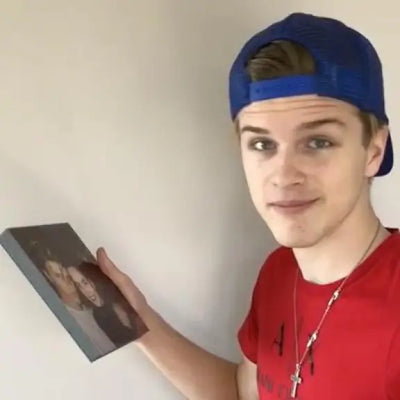



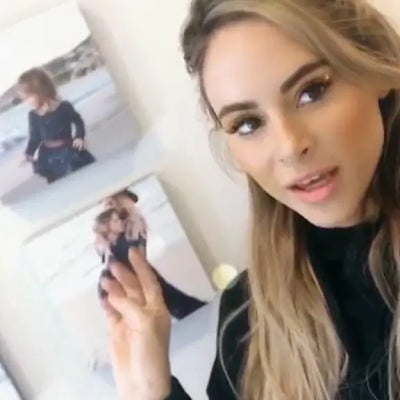
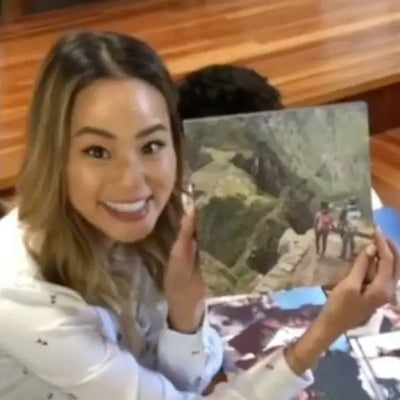



















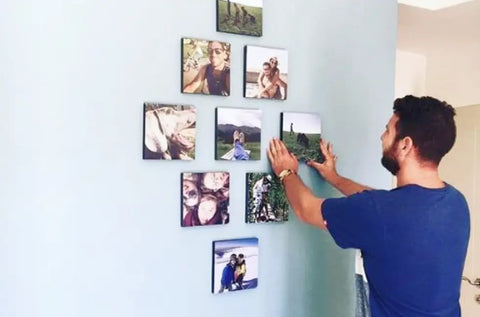
 (4.9/5)
(4.9/5)




